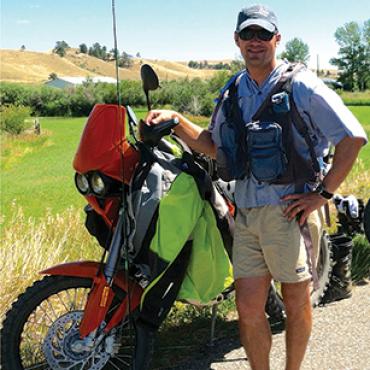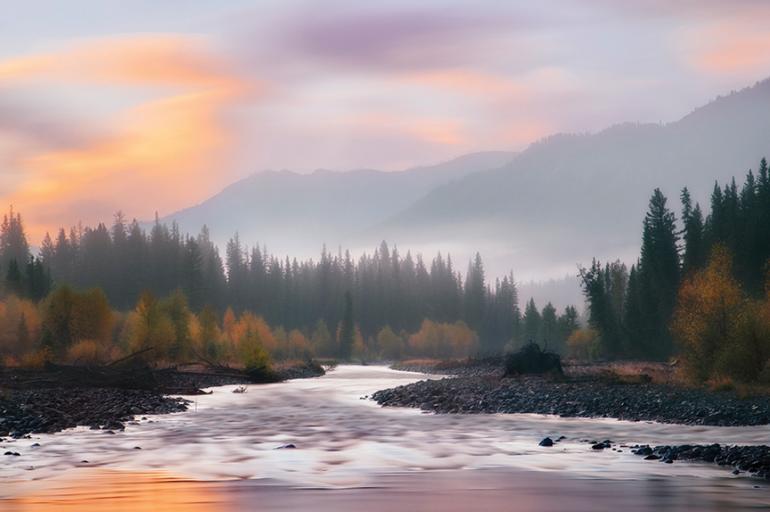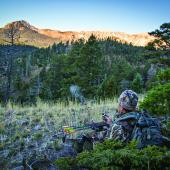One Part Water
Scouring Montana's waterways for wild game.
When looking for a productive place to hunt, keep in mind this basic fact: all game animals need water. And being that most of Montana suffers a semi-arid climate, an accessible source of water is a great spot to work into your hunt plan. Large ungulates such as elk and deer need copious quantities of water, especially during the hot months of the early season. Many different species of upland game birds will also be found near reliable water sources during the first month of the season, and of course, waterfowl will move into many of these same areas as their annual migrations begin in mid- to late October.
In Montana, the first source of water to consider takes the form of rivers and creeks that maintain life-sustaining year-round flows. The obvious places for good hunting are along the state’s celebrated rivers such as the Yellowstone and Missouri. A capable boat is helpful, but not entirely necessary, as there are many public hunting areas along the banks of these rivers that provide opportunities for everything from turkey and pheasants to white-tailed deer and even elk. Keep in mind that while Montana law allows one to hunt small game and birds within a river’s high-water mark regardless of land ownership, permission must be gained to pursue big game on private land.
While finding a place to hunt along major rivers can be relatively easy and sometimes highly productive, gaining access to small fertile creeks in more remote areas is often far more difficult, but well worth the effort. Use a contemporary GPS unit loaded up with the latest land-ownership data, along with Block Management materials, to find productive creeks. A good map often reveals a creek that’s a mile or more from an access point. Avoid hunting near the parking area and hike a while to get to these often-overlooked riparian zones. These creeks are often found in prairie areas, and while they may look viable on a map, they sometimes turn out to be dry streambeds once your boots hit the ground. If possible, do your homework thoroughly and spend time scouting so you don’t have unpleasant surprises. Do keep in mind, however, that a prairie creek need not flow like the Gallatin in June to have an abundance of animals using it as a resource. Sometimes even a trickle of water with several pooled-up oxbows is all you need to find game.
Other prime spots include the many National Wildlife Refuges and Waterfowl Production Areas found within the state. WPAs often contain lots of very productive “potholes,” which are small deposits of water that form throughout the prairie, especially during wet summers. Both the refuges and WPAs are managed by the U.S. Fish & Wildlife Service, and ample information exists online about how and where to hunt these lands.
Similarly, there are also many Wildlife Management Areas found along rivers and streams in Montana which are managed by Montana Fish, Wildlife & Parks. These WMAs provide excellent opportunities for both bird and big-game hunting, and maps are available through FWP with specific locations and regulations.
Finally, if you have access to a boat, be it a capable canoe or 21-foot skiff with an outboard engine, several of Montana’s large lakes and reservoirs can provide access to hard-to-reach public lands that are prime habitat for a wide variety of species, including moose and even bighorn sheep.
Be sure to peruse a copy of Montana’s stream-access laws, know your rights, and always do your best to know exactly where you are. And while public access is plentiful and the hunting in these places productive, don’t dismiss the idea of knocking on some doors and politely asking for permission. Expect to be turned down, especially around Bozeman; but every so often your efforts will be rewarded.












